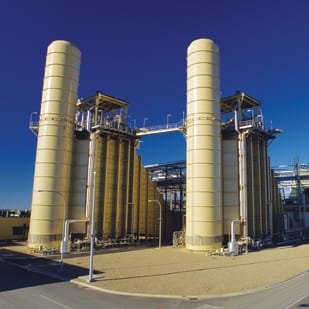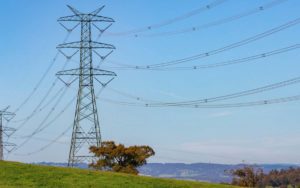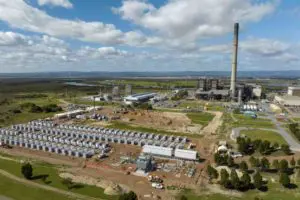The Australian Energy Regulator (AER) says it has commenced proceedings in the Federal Court against the owners of the biggest single gas generation unit in South Australia, Pelican Point, for alleged breaches of the National Electricity Rules in the controversial blackouts that hit the state in February 2019.
The rolling stoppages, or load shedding, that occurred in South Australia affected more than 90,000 customers, and coming so soon after the state-wide blackout 5 months earlier was used as yet another political and ideological football against renewables.
It was clear, pretty much from the outset, that this was a stuff-up of a different kind, and the then state Labor government wondered openly about why half the 479MW capacity of Pelican Point – the biggest and most modern gas generator in the state – sat idle while tens of thousands of customers went without power.
That failure prompted the then South Australia premier Jay Weatherill to declare he had lost confidence in the operations of the market, which led to a $500 million scheme that ultimately included the construction of the Tesla big battery at Hornsdale, the purchase of fast-start diesel generators, and other initiatives.
As we reported soon after, a report by the Australian Energy Market Operator into the rolling blackouts revealed a sorry tale of bad management, lousy forecasts, dud software and failing fossil fuel plants.
The System Event Report for February 8, showed that wind energy was not the culprit, despite the efforts of the Coalition and certain vested interests to make it so. This was a case bad management, and failing technology.
AEMO’s forecasts for temperatures and wind energy in South Australia on the afternoon of February 8 were hopelessly wrong. And when the crunch came after the operator realised its mistake, key fossil fuel infrastructure failed or melted down in the heat, or in the case of Pelican Point, simply did not get switched on.
And then, to make matters worse, the local network operator completely stuffed up the management of the load shedding due to “software” issues – meaning that three times more people lost power than needed.
Now, some 18 months later the regulator has taken court action against Pelican Point Power Ltd., a unit of French energy Engie, for failing to provide sufficient information to AEMO.
The court action comes just two weeks after the AER stunned many in the industry by taking court action against four wind farm owners over their role in the lead-up to the state-wide blackout on September 28, 2016.
The blackouts on February 8, 2017, happened as the state was experiencing heat wave conditions which resulted in high customer demand and reduced generation capacity.
The AER, in a statement issued late Tuesday, said that in the late afternoon, the power system in the region was not in a secure operating state for over 30 minutes. AEMO declared an actual “Lack of Reserve Level 3” event and directed an interruption of customer supply in order to restore power system security.
“The AER alleges that Pelican Point did not disclose to AEMO that one of the generators at its Pelican Point Power Station was capable of being made available on 24 hours’ notice,” AER Chair Paula Conboy said.
“We allege that until late in the afternoon of 8 February 2017, AEMO was unaware it had the ability to issue a direction to Pelican Point to make the full capacity of Pelican Point power station available. As a result, AEMO’s ability to manage power system security was impaired.”
At the time there was controversy over whether Pelican Point was capable of being started up at short notice or not. The plant had been mothballed several months earlier, so it could sell gas on the open market at a profit, and it was claimed in some quarters that it would not be able to secure a gas supply so quickly.
“Accurate generator capacity information is critical for AEMO to manage power system security including, if necessary, by issuing directions,” the AER said in its statement.
And, in what appears to be a clear warning as Australia heads into another summer period, with extreme temperatures expected and the performance of thermal units under intense scrutiny, that the operators should be on their best behaviour.
“As we head into summer, it is important that generators provide AEMO with timely and accurate information about their capability to ensure that AEMO can manage system security and keep the lights on for Australian consumers and businesses,” Conboy said.
The AER said it is seeking declarations, penalties and costs.
Pelican Point returned to its full capacity more than a month after the controversial blackouts after a deal was struck between the plant’s owner Engie and Origin Energy.
The AEMO report into those stoppages noted that apart from the Pelican Point unit not switching on, some 300MW of other gas capacity was lost in the extreme heat.










